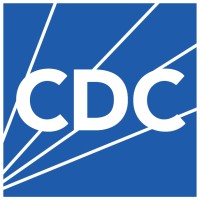
Department of Homeland Security Office of the Chief Financial Officer
This site is designed to identify Department of Homeland Security employment opportunities in a variety of fields of financial management. Below are links to current announcements on USAJOBS. The Department of Homeland Security (DHS) financial management community consists of 14 offices of the Chief Finical Officer. The Office of the Chief Financial Officer (OCFO) is responsible for the fiscal management, integrity and accountability of the department and financial operations. The mission of the OCFO is to provide guidance and oversight of the Department’s budget, financial management, financial operations for all Departmental management and operations, the DHS Working Capital Fund, grants and assistance awards, and resource management systems. This ensures that funds necessary to carry out the Department’s mission are obtained, allocated, and expended in accordance with the Department’s priorities and relevant laws and policies. DHS Components with OCFOs: The U.S. Customs and Boarder Protection The Countering Weapons of Mass Destruction Office The Federal Emergency Management Agency The Federal Law Enforcement Training Centers The Office of the Chief Financial Officer The Office of Intelligence and Analysis Immigration and Customs Enforcement The Cybersecurity and Infrastructure Security Agency The Office of Operations Coordination The Science and technology Directorate The Transportation Security Administration The United States Coast Guard The U.S. Citizenship and Immigration Services The United States Secret Service Links to positions on USA Jobs:






